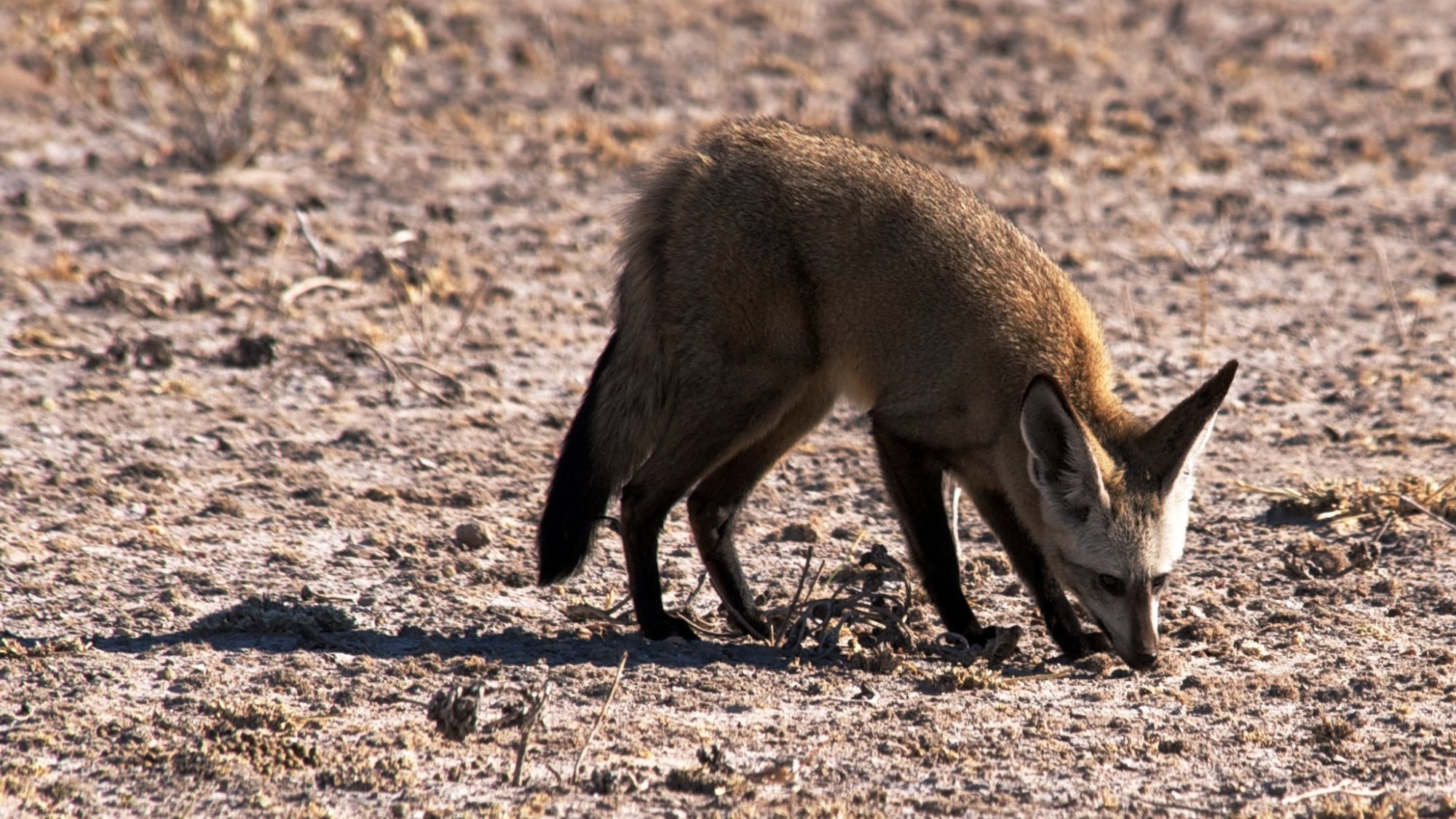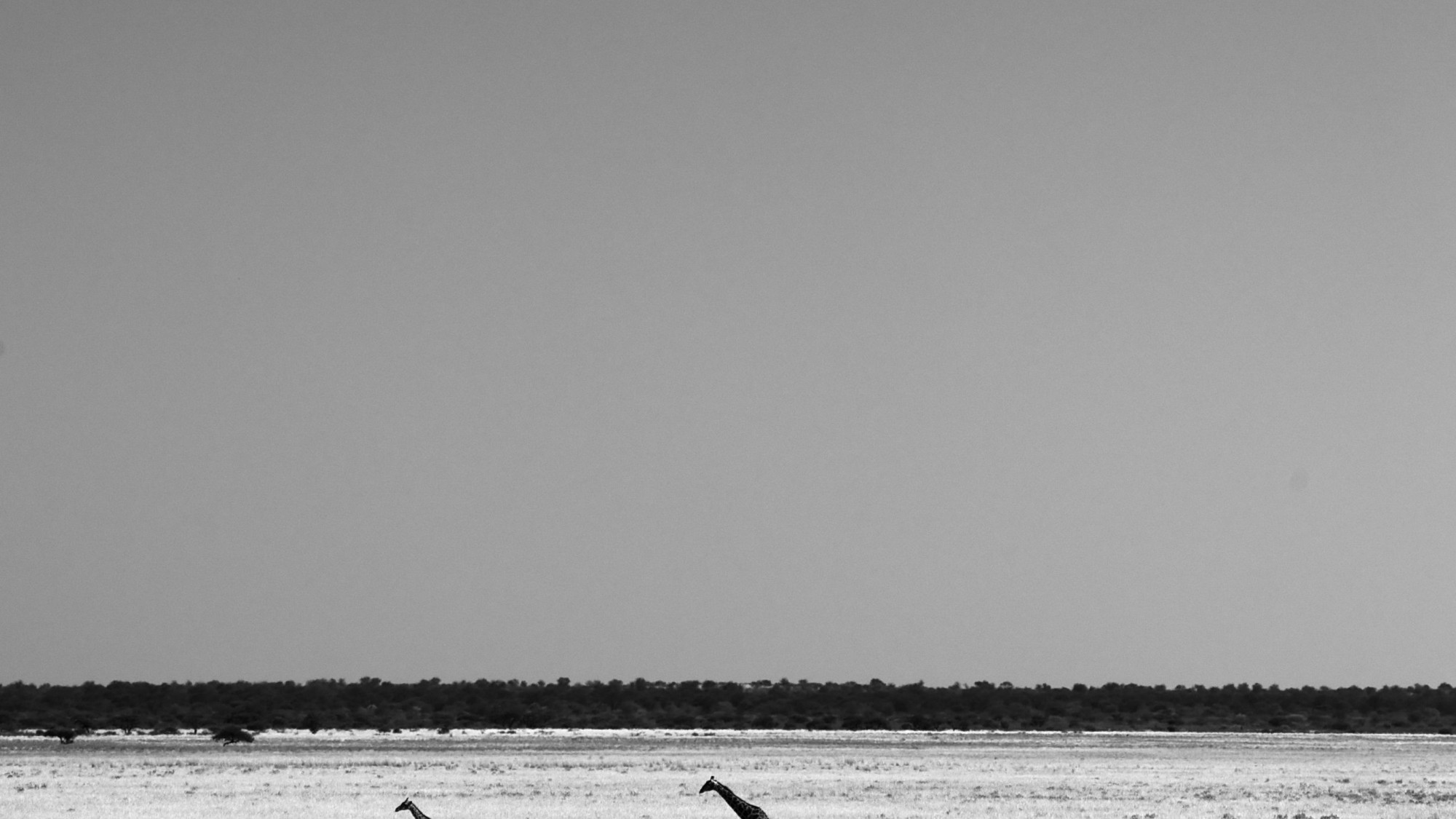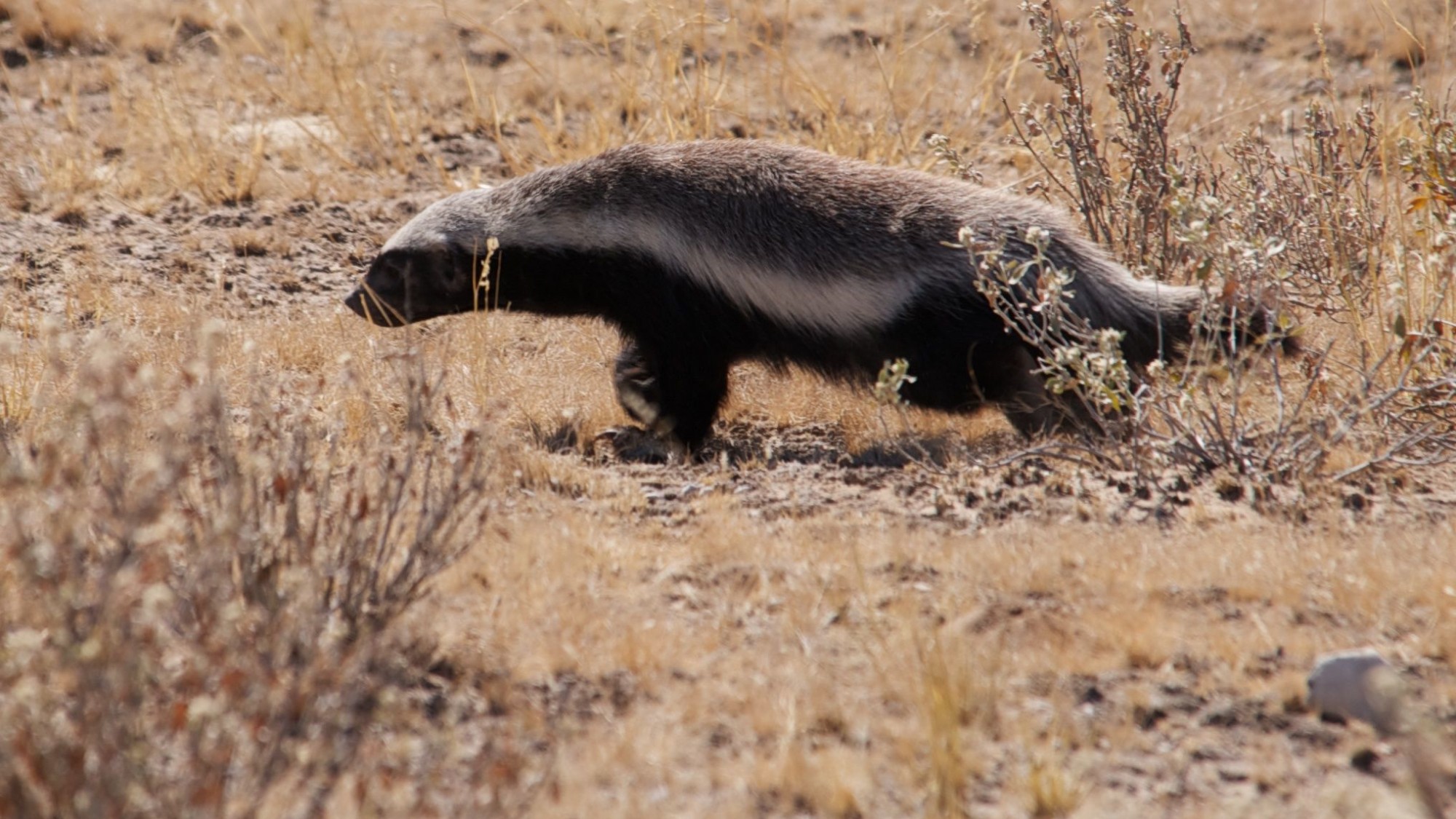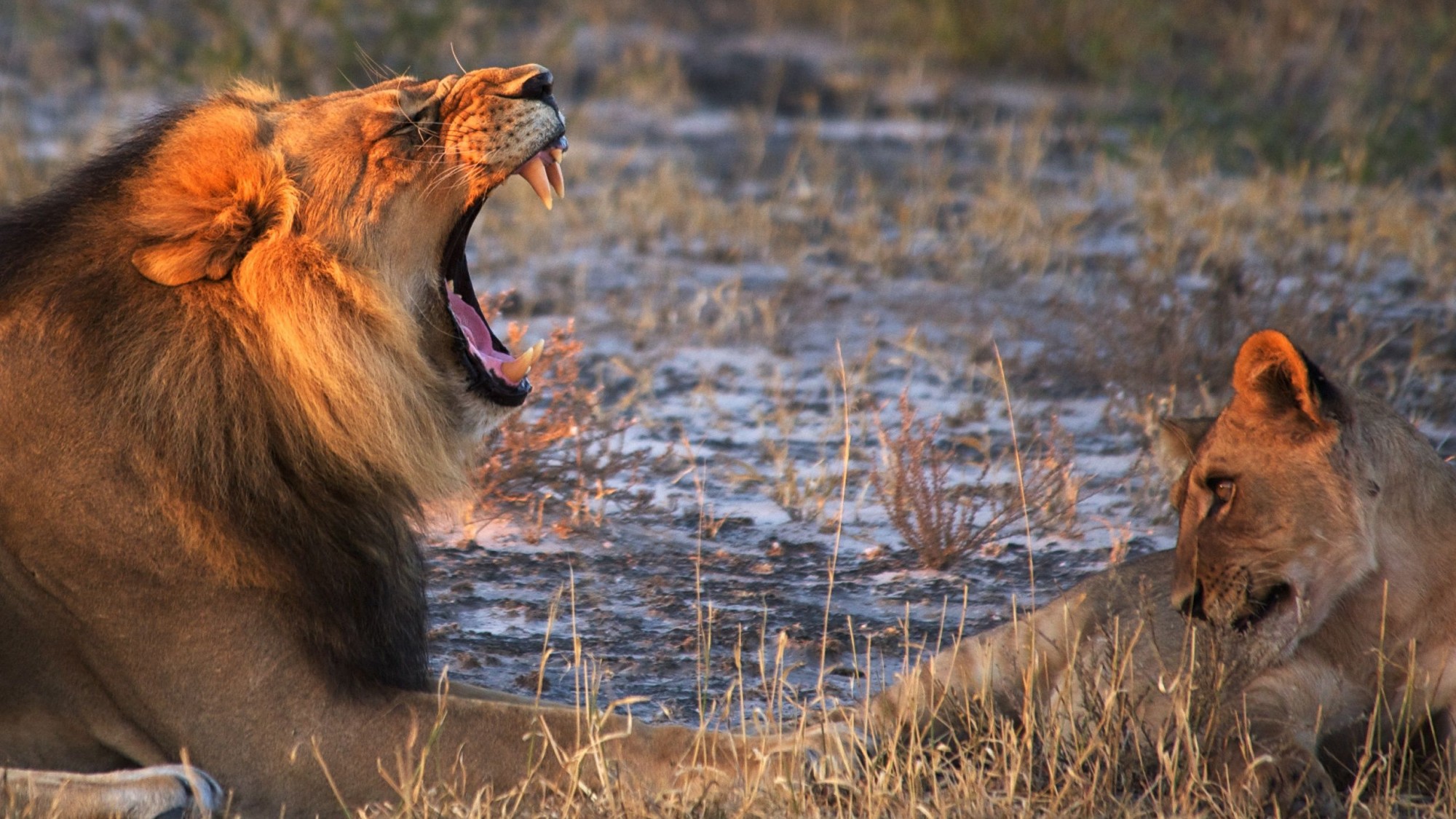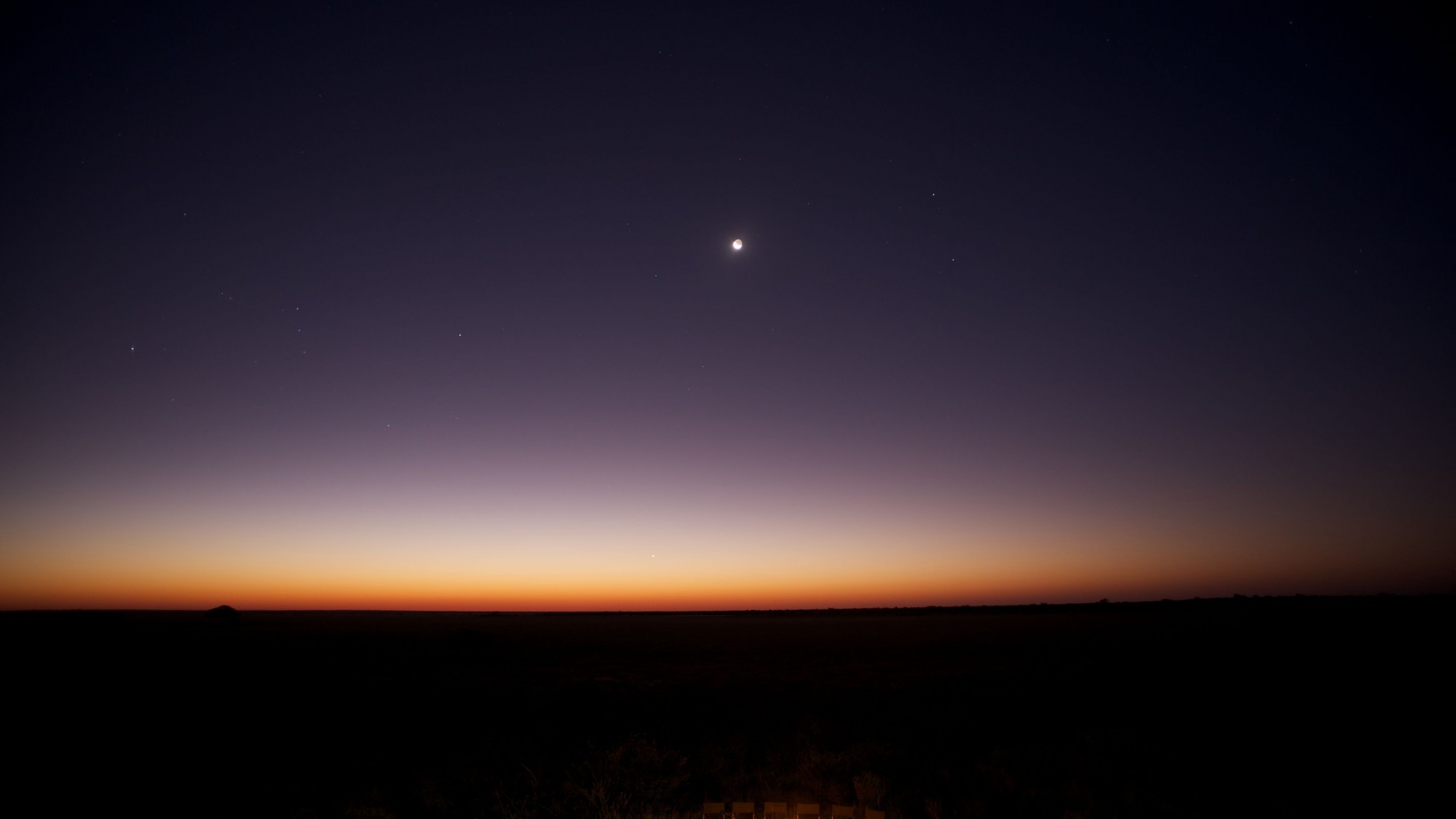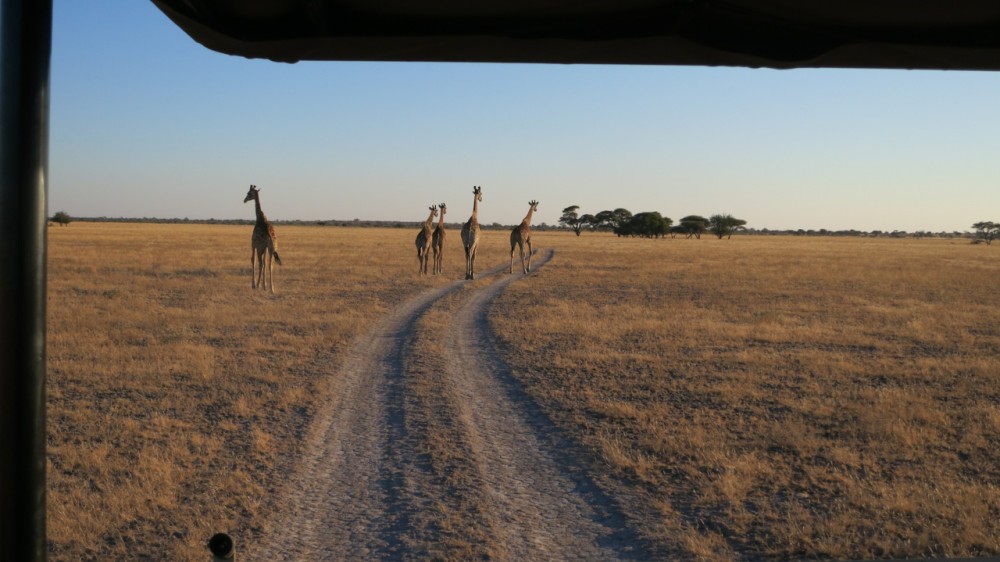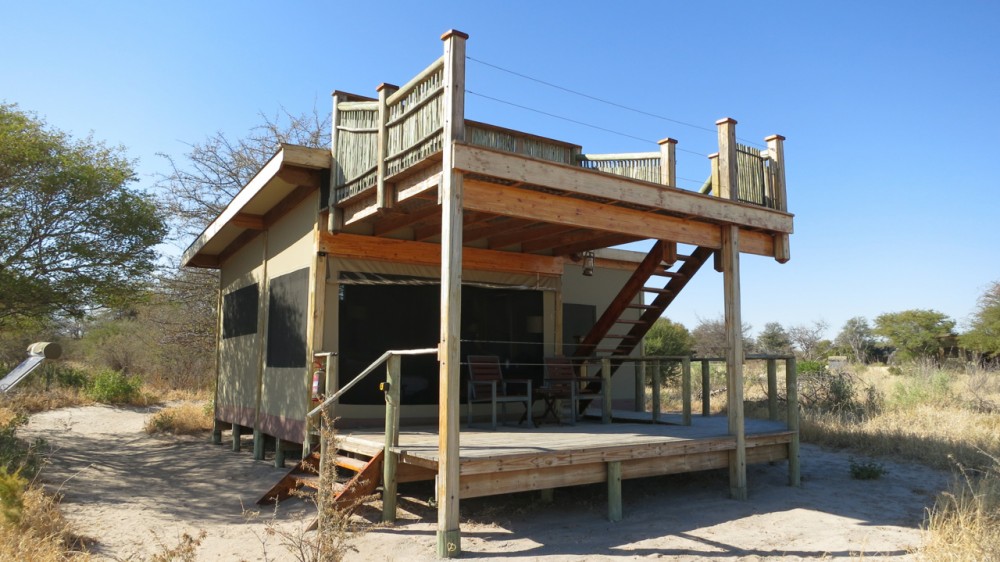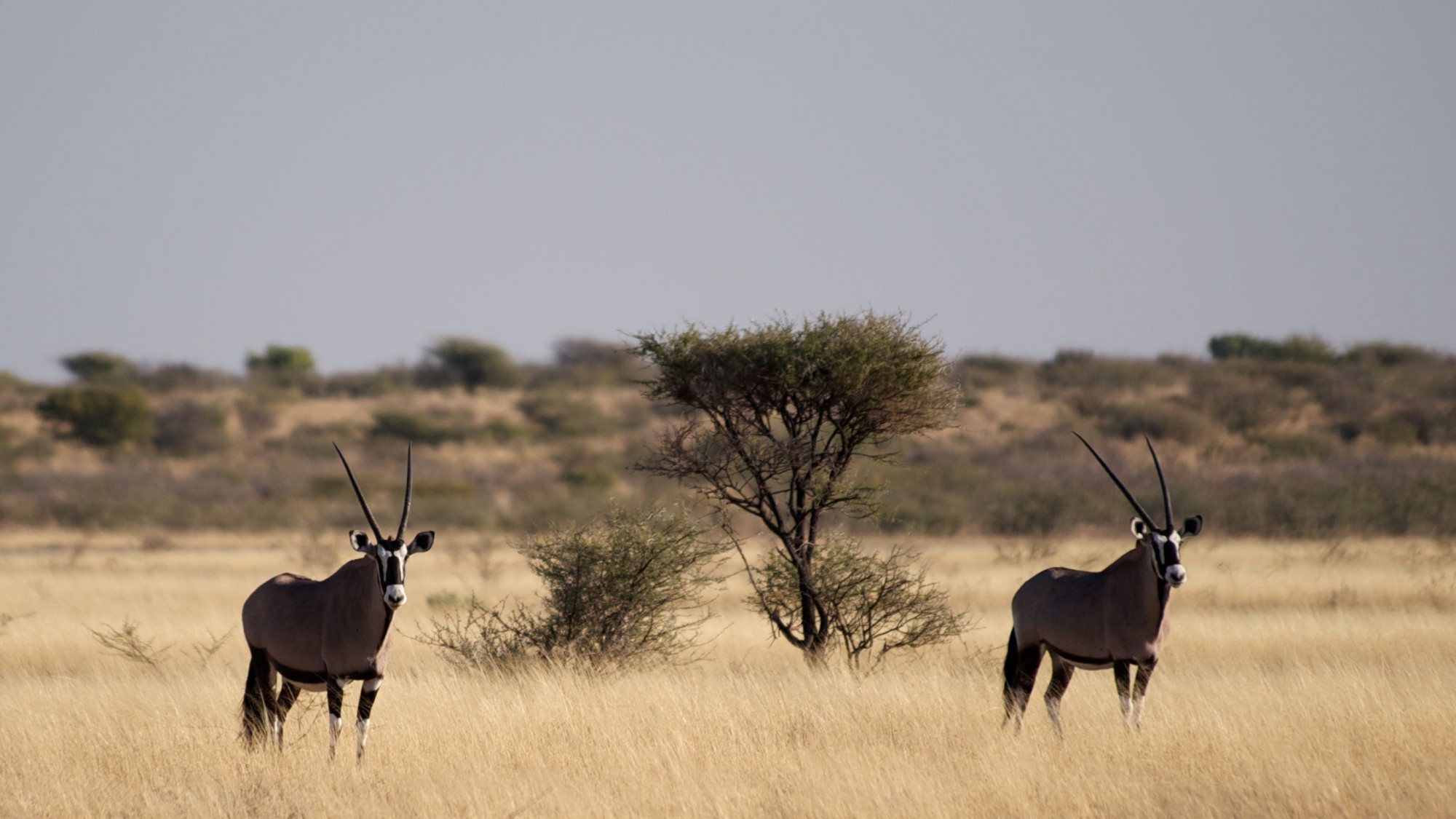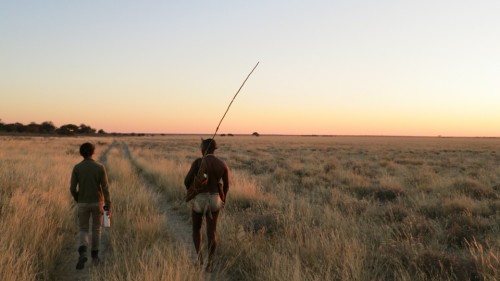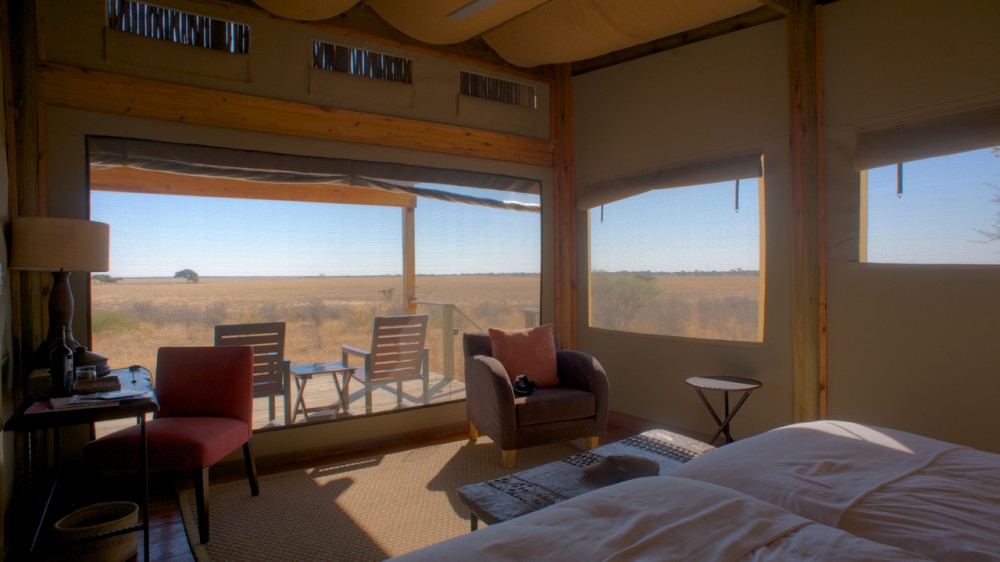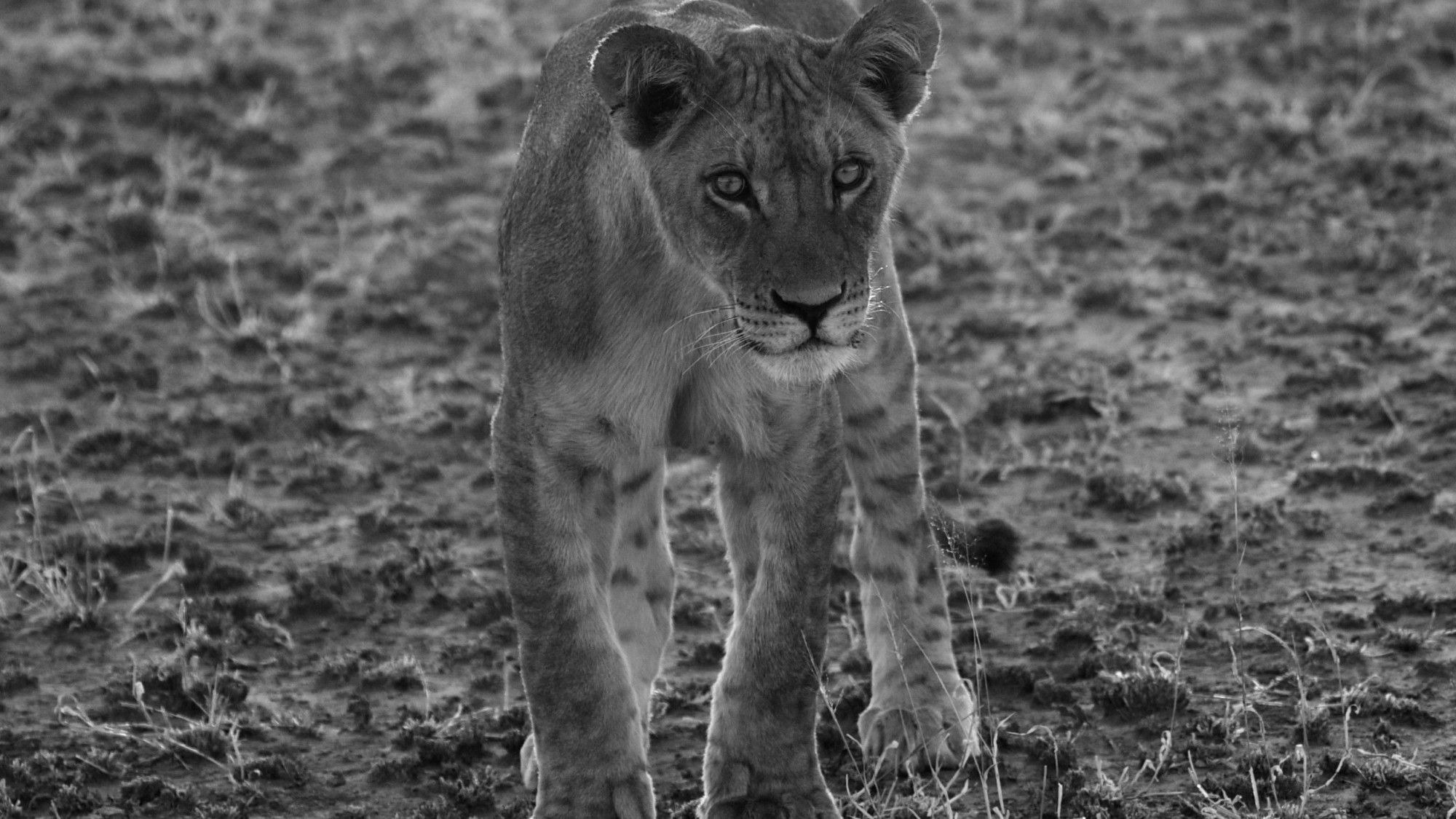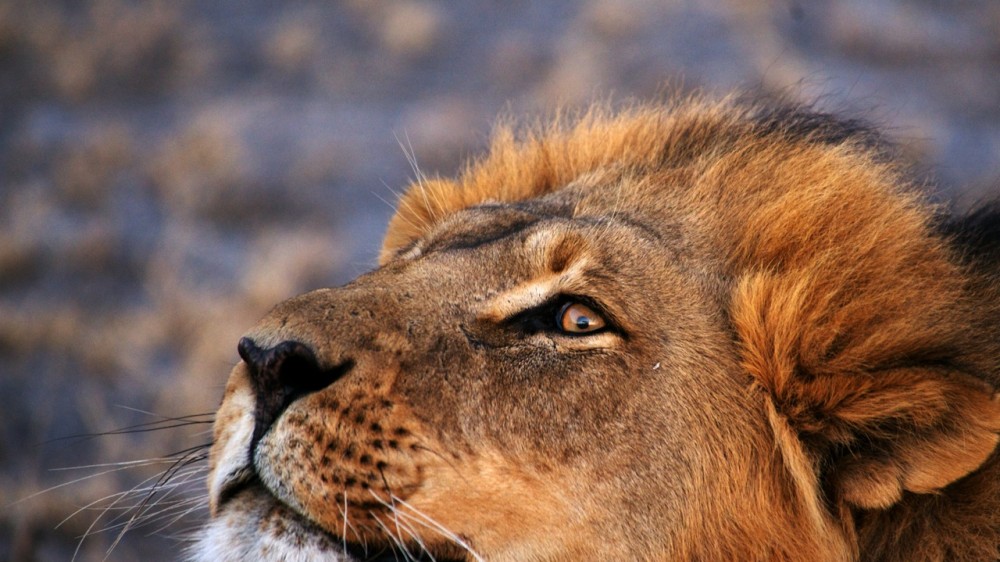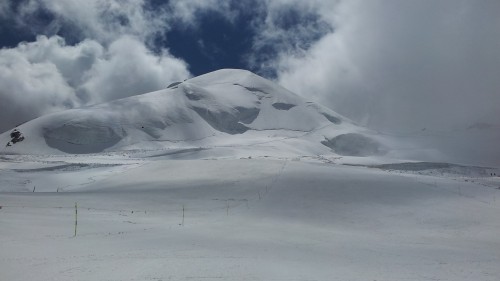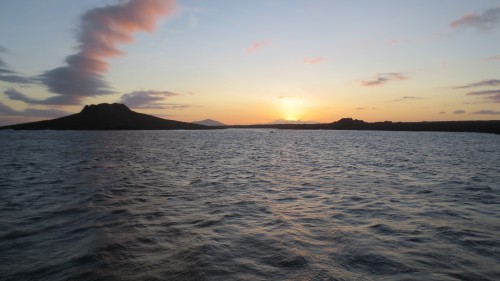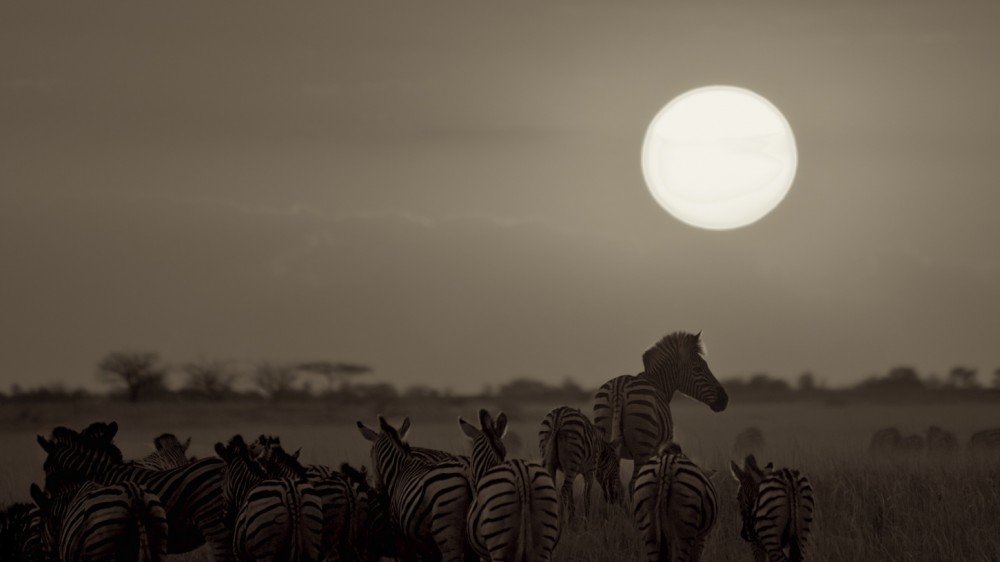The Central Kalahari
The only view most people ever get of the Central Kalahari is the vast expanse of featureless, light brown plain you see out of the airplane window as you fly north to Maun and on to the Okavango Delta. If you pull out a map of Botswana (handily there’s one below this article), the Kalahari is the geometric shape that takes up most of the middle of the country. Surely the world’s second largest game reserve deserves a little more digging?
I had always wanted to see Botswana’s central desert, and even though I had spent a long time living there I’d never managed to go. Either the season was wrong or plans fell through at the last minute. Finally in June of this year I got to visit.
The first thing that grabs you as soon as you step off the plane is that this is like nowhere else you’ve been. You’re struck first by how quiet it is and then, as you start to move through the desert and the sun sinks ever lower in the sky, you realize that the whole place has an almost unearthly beauty to it. The incredible binary simplicity of the landscape conjures up a strange yet comforting fatalism. In a way the stark and silent landscape has an oddly centering effect on your state of mind—no matter how hectic or crazy your life might be, going to the Kalahari is like pushing the reset button on your cognitive machinery.
Of course, it’s also pretty exciting when all this introspective silence is well and truly shattered by a family of Kalahari Lions letting you know who’s in charge:
These noisy lions aside, the wildlife viewing is not as—well—gratuitous, as it is elsewhere in Botswana. Having said that, it’s far from bereft of life either, and during the African summer (November to April) the desert transforms from monotone shrubby khaki to a lush green meadow that attracts huge numbers of grazers; it’s catnip to the lion and cheetah that roam the desert in search of a meal.
Now a word of warning: as I’ve indicated above, the Kalahari is unique, compelling and truly spectacular, but these are not the words I would use to describe the permanent camps you find there. This is not a reason to skip it, but it is the downside of being so remote and off so many travellers’ radar. Fortunately, as far as downsides go, that’s about it.
If you need a lodge with a pool, proper running water and flush toilets, your options are Kalahari Plains Camp and Tau Camp. There’s not a whole lot in terms of difference except to say that I like the position of Kalahari Plains Camp better—it’s to the west of the main Deception Valley area and has a larger private traversing area than Tau Camp.
The best way to explore the CKGR, however, is on a mobile safari like the one that Uncharted Africa runs, or to drive yourself behind the wheel of a fully kitted out expedition 4×4. If you’re mobile you can really get some exploring done and get into the more remote and parts of the reserve, like Passarge Valley and Sunday Pan; the secret spots that my photographer friends will be exceedingly cross I told you about. Plus, you’ll probably see a honey badger or two and that alone is worth the trip.
Dan Achber has more in common with the honey badger than you might expect. We’ll leave it to your imagination to decide which traits they share.
